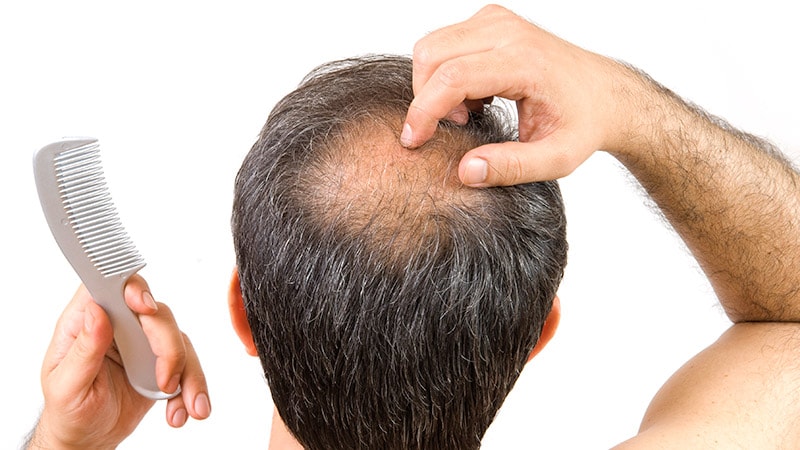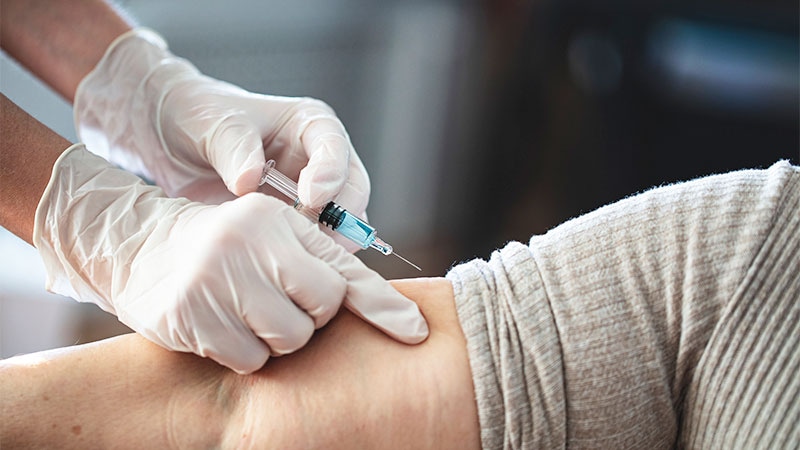Takeaway
- Children with eczema tend to have reduced calcium intake in adolescence, even if their condition resolves before then.
- Girls in this study were susceptible to this lower calcium intake, whereas boys were not.
Why this matters
- Compensating with other sources of calcium, such as fortified foods or leafy greens, may need to be done with intention, and is worth discussing with patients.
Key results
- 13.3% had eczema resolved by adolescence.
- Calcium intake in adolescence was nonsignificantly lower in those with eczema during childhood compared with in those without (β, −0.60; 95% CI, −1.25 to 0.04; P=.06).
- Girls, in particular, had lower calcium intake if they had eczema vs girls who did not (β, −0.84; 95% CI, −1.60 to −0.08).
- Children with eczema were less likely (ORs, 95% CIs) to have consumed:
- Specific dairy foods once weekly: 0.44 (0.25-0.78).
- Skim milk: 0.59 (0.29-1.19; not significant).
- Leafy greens: 0.60 (0.26-1.41, not significant).
- Girls with eczema were especially likely to not have specific dairy foods once weekly.
Study design
- Study of 468 children born in Manitoba, Canada, in 1995, assessed at ages 12-14 years for dairy/calcium intake after diagnosis at ages 7-8 years with eczema or food allergy.
- Funding: AllerGen NCE; University of Manitoba; others.
Limitations
- Mostly white population from a single region.
- Some important dairy sources of calcium omitted.
References
References


